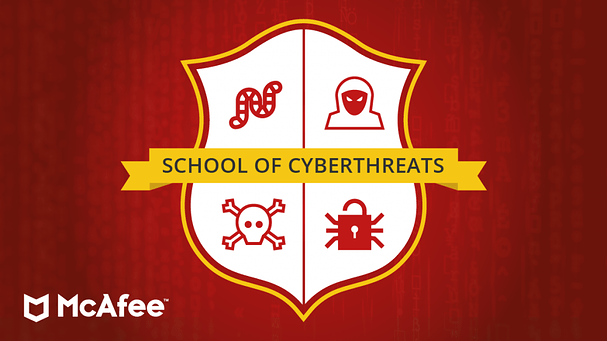
Educational institutions are data-rich gold mines. From student and employee records to sensitive financial information, schools contain a plethora of data that can be obtained by cybercriminals rather easily due to lack of security protocols. This fact has cybercriminals pivoting their strategies, leading to a recent uptick in attacks on the education sector in the United States and around the world. In fact, there are three main threats impacting schools — data breaches, phishing, and ransomware. Let’s take a look at each of these threats, how cybercriminals have executed them, and the precautions students can take in the future.
Data Breaches
Nearly half of the cyberattacks that impacted schools in 2018 were data breaches, which occur when an unauthorized, third-party gains access to a school’s network. From there, cybercriminals gain access to a host of private information on employees and students, including names, dates of birth, addresses, phone numbers, email addresses, and Social Security numbers. After an attack of this nature occurs, educational institutions reassess their current cybersecurity strategy. This usually entails revisiting privacy settings and reviewing all security protocols.
Phishing
Even the savviest email user can fall for a phishing scheme. These types of schemes usually entail tricking teachers or students out of private information or money. When cybercriminals send emails with fraudulent links, unsuspecting users click on that link because the web address is usually only off by one or two letters. Once the scammer has been given access through the malicious link, they get to work obtaining private information contained on the device. Using this data, they can enact further schemes. There have even been cases of cybercriminals impersonating deans or teachers asking for gift cards, which is a type of spear-phishing where scammers take the information they have obtained about a victim and use it to their advantage. The good news? Users can prevent against these sneaky attacks by staying vigilant and applying security best practices.
Ransomware
When ransomware hits, schools don’t really have a lot of options. If they have data backups in place, then they don’t have to pay the ransom, otherwise educational institutions have no choice but to completely shut down. Considering how much technology has been integrated into classrooms, this isn’t surprising. A ransomware attack usually occurs when a school district’s system is infiltrated by a virus intending to bring operations to a halt. Cybercriminals hold systems hostage for a certain amount of money or ransom until the district decides to pay. The data that is held can range from a variety of things – lesson plans, financial information, personal employee and student records. There aren’t many ways for schools to bypass these types of attacks unless they are prepared beforehand. One way to be prepared is to back up files in multiple places, such as an external hard drive or cloud.
With the uptick in overall cyberthreats against schools, more and more educational institutions need to put protocols into place to avoid the multitude of ever-growing threats. However, students can do their part in prioritizing cybersecurity by following these tips to ensure personal data is secure:
- Watch what you are clicking. Phishing schemes are becoming craftier. A too good to be true study guide or deal on a textbook might end in a compromised system. It is always best to check directly with the source of the email or link before handing over money or data.
- Make sure you recognize the sender. When responding to a message, first check to see if you recognize the sender’s name and email address. If it looks strange, ignore the message. If you are unsure, check with the sender in person.
- Never reuse passwords. Many users reuse the same passwords or slight variations of it, across all of their accounts. That means if a hacker uncovers one password, all other accounts are put at risk. So, it is crucial to use different passcodes to ensure hackers cannot obtain access to all of your accounts.
- Stay on a secure network. If you connect to public Wi-Fi, be sure the network is secure. If it is not, consider using a virtual private network (VPN).
- Install security software on all devices. Security doesn’t begin or end with personal computers. All devices need to be protected with comprehensive security software, including mobile devices and tablets.
- Make sure all device software is up-to-date. This is one of the easiest and best ways to secure devices against threats, as developers are constantly releasing patches for vulnerabilities and flaws.
And as always, if you are interested in learning more about IoT and mobile security trends and information, follow @McAfee_Home on Twitter, and ‘Like” us on Facebook.
The post School of Cyberthreats: 3 Attacks Impacting Today’s Schools appeared first on McAfee Blogs.
Article Link: https://securingtomorrow.mcafee.com/consumer/mobile-and-iot-security/cybercriminals-target-educational-institutions/
